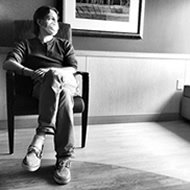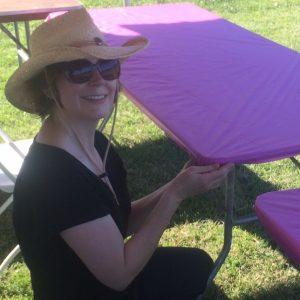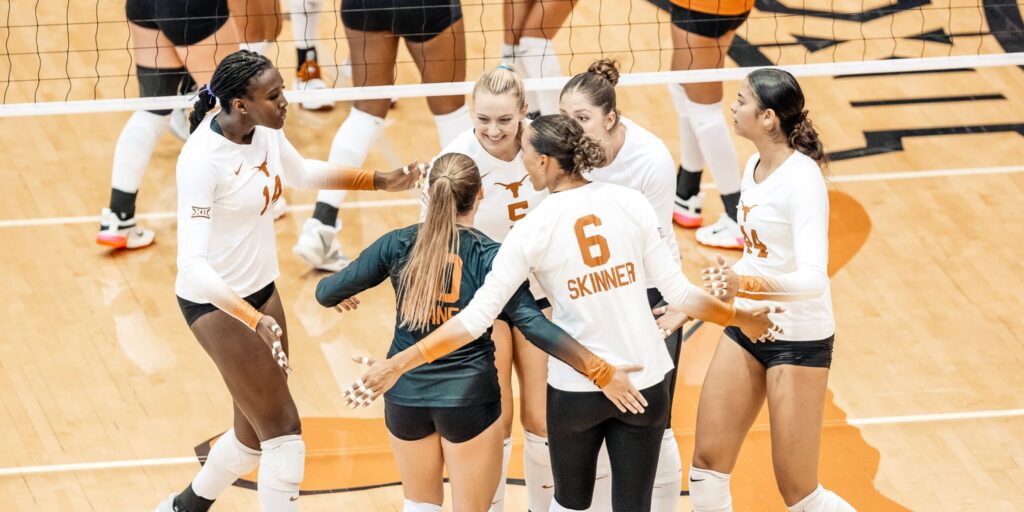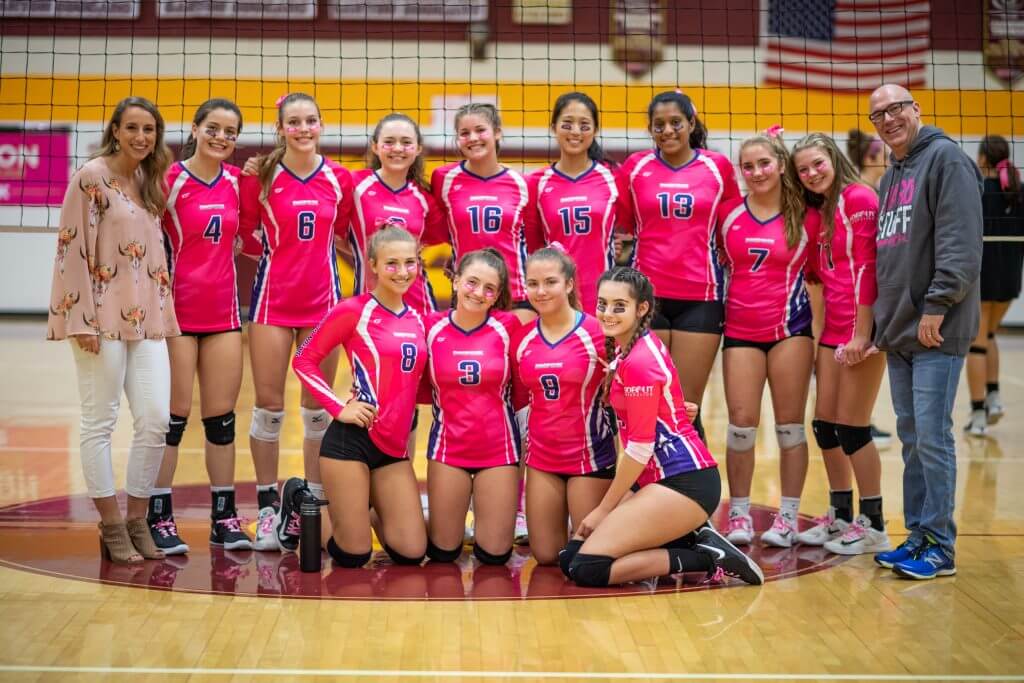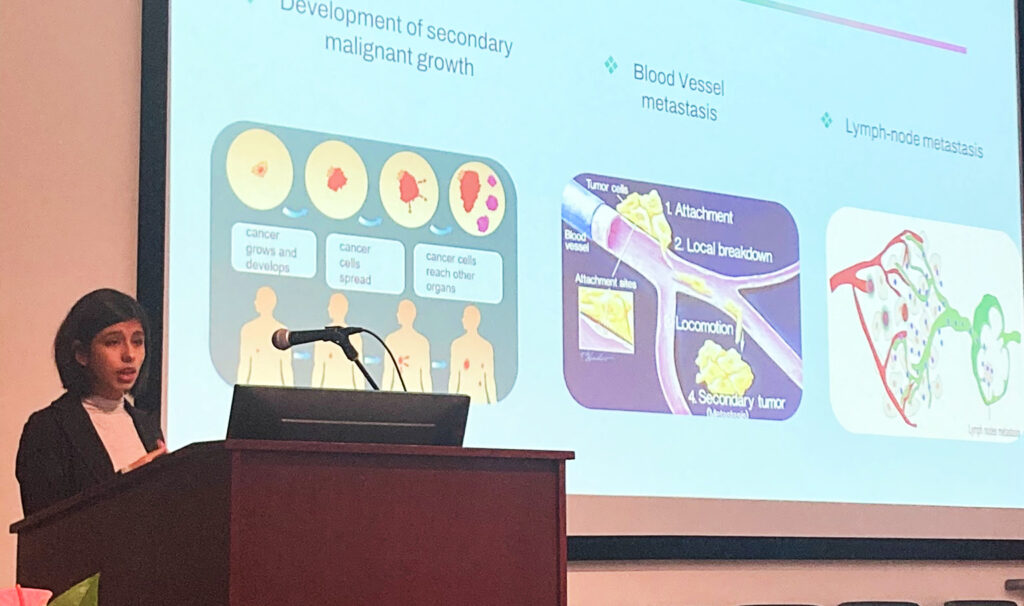
The isolation of illness is real. Not only because you don’t feel well enough to go out in public, but because some treatments suppress a patient’s immune system, making it physically unsafe for them to be around large crowds and even family and friends.
Every time I was admitted to the hospital during treatment for leukemia, I was assigned to a room with one hospital bed. In fact, many cancer 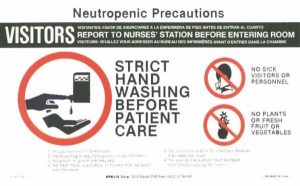 patients are in single rooms due to the risk of infection from others. When chemotherapy knocked my white blood cell (WBC) counts down really low, rendering me neutropenic, visitors could enter only if they first washed their hands and donned gloves and a mask. Even then, there were many times when friends and family had to cancel their visits because they or someone they were close with had a cold. I was only allowed to be around children when my WBC count was in the normal range, typically several weeks after my chemotherapy treatment.
patients are in single rooms due to the risk of infection from others. When chemotherapy knocked my white blood cell (WBC) counts down really low, rendering me neutropenic, visitors could enter only if they first washed their hands and donned gloves and a mask. Even then, there were many times when friends and family had to cancel their visits because they or someone they were close with had a cold. I was only allowed to be around children when my WBC count was in the normal range, typically several weeks after my chemotherapy treatment.
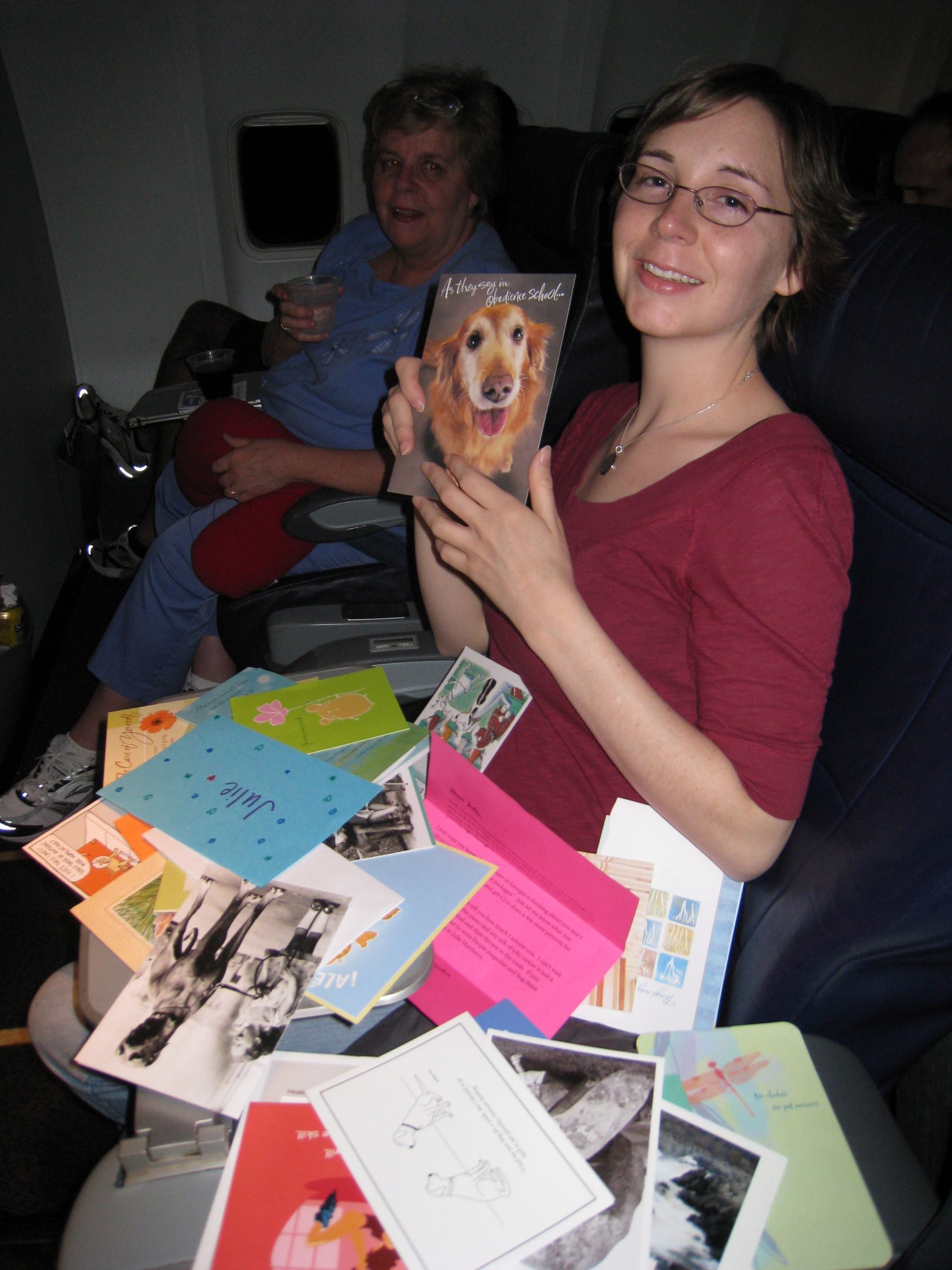
I am a social person, and I know myself well enough to realize that interaction with others gives me energy and motivation. I need hugs, I love laughing, and I relish good conversation. Spending a month in a hospital room for induction chemo (the first chemo treatment) was rather intimidating, not merely because of my diagnosis, but because I knew I would be very isolated.
Lucky for me, my friends and family also knew me well. Just after I was diagnosed in the emergency room, before they sent me upstairs to the oncology floor for a month, my sister took my phone and called all our friends and family. She created an e-mail list, and our network reached out to their networks. Word quickly spread about my illness.
Not long after, cards and packages began arriving. The auxiliary volunteers were among my favorite visitors (along with the pet therapy volunteers!) because they brought the mail. It was such a bright spot in my day. Just to give you an idea, here is what an average day in the hospital was like for me:
Around 5:30 or 6 AM, nurses arrived to draw blood. Medical assistants would also take my temperature and blood pressure. Breakfast and medications arrived around 8 or 8:30 and my oncologist typically rounded between 8:30 and 10. After the doctors left, I would usually take a shower and try and walk some laps around the hospital ward (with my mask and gloves on, of course!) while the medical assistant and/or my mom put new sheets on my bed.
Lunch came in early afternoon, and after eating, I would usually try to get in some more laps. The med techs came in again mid-afternoon for another temp and blood pressure check. Dinner was early, around 5:30 or 6, and shift change happened around 7 PM. The evening nurse would introduce herself usually between 8 and 9. Another temp/blood pressure check. I usually got my nightly medications at 10 or 11.
I was always connected to an IV pole (except when I showered). Depending on the day, they would infuse anti-nausea drugs, chemotherapy, hydrating fluids, blood, platelets and antibiotics.
You can see why distraction was a key coping mechanism. That is what mail call did for me. When I opened each card, many from friends of friends whom I had never met, I imagined life outside the hospital, I laughed at funny stories or jokes they shared, I smiled at the photos and drawings they sent. Despite the fact that I was confined to one room, I felt as though my world was growing. People around the country and even in other parts of the world were thinking about me! Now that’s something special.
I kept all the cards I received during each diagnosis and treatment. They sit in a beautiful basket in my study, and I go through them from time to time, so grateful for the thoughtful messages that encouraged and uplifted me.
